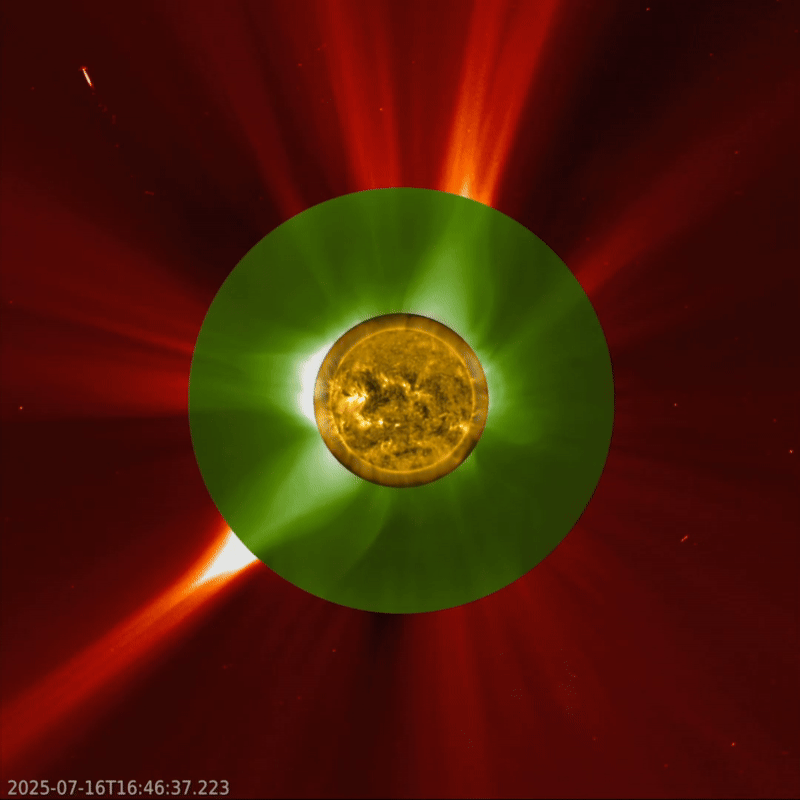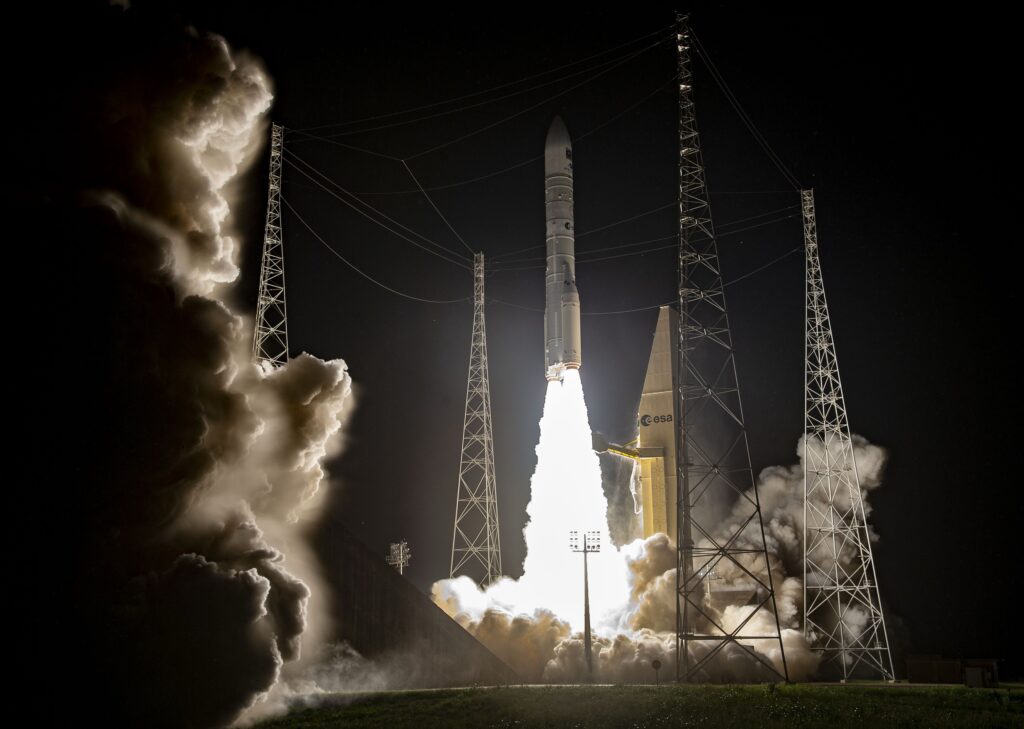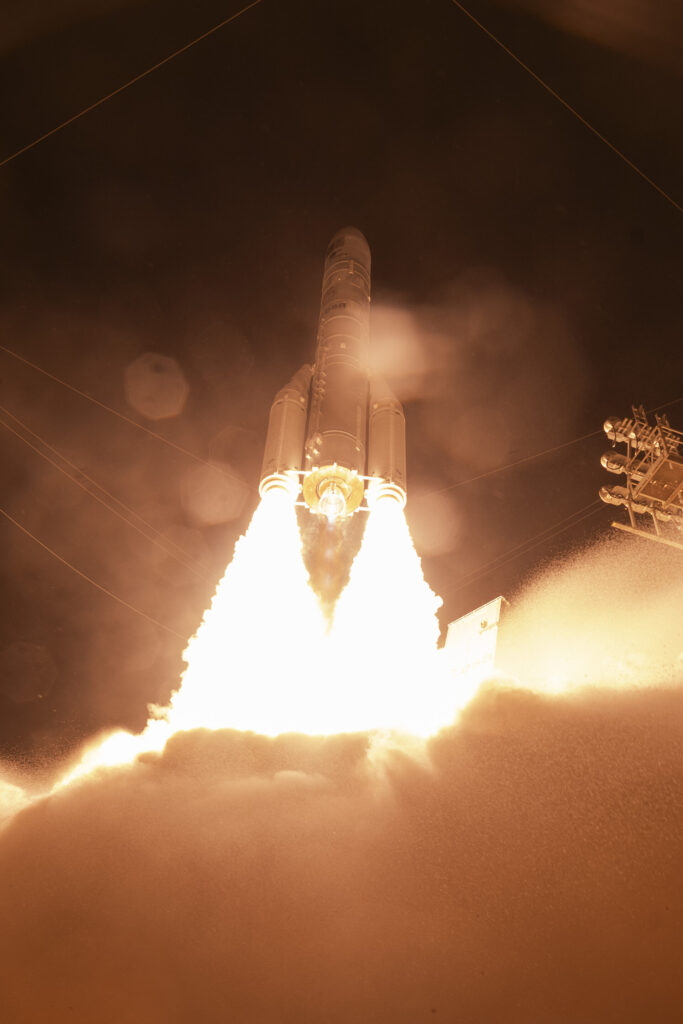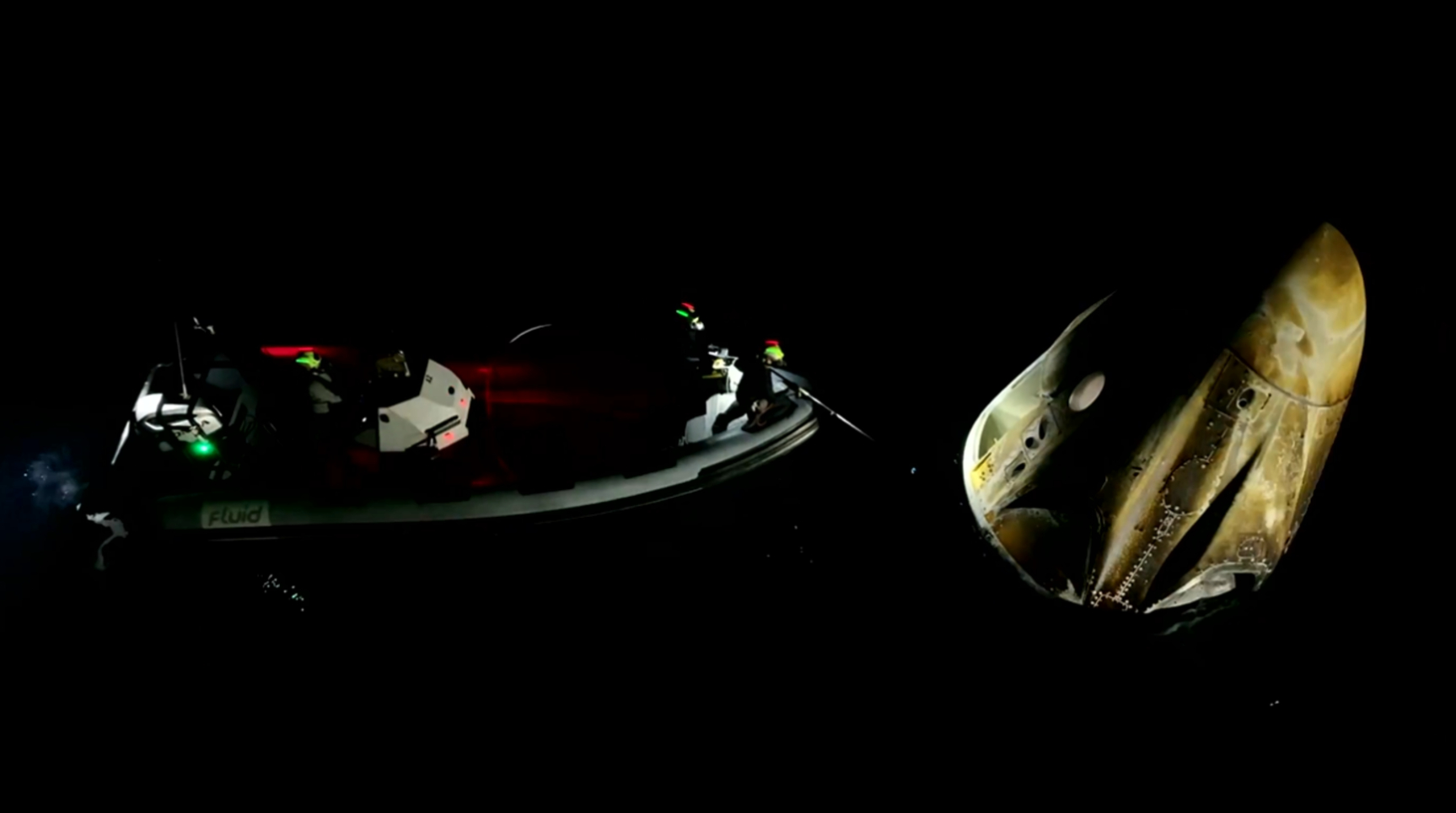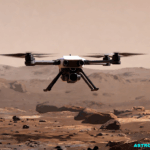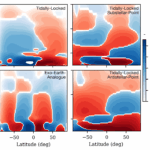Now Reading: Mapping the Dark Universe: Euclid and the New Age of Cosmic Discovery
-
01
Mapping the Dark Universe: Euclid and the New Age of Cosmic Discovery
Mapping the Dark Universe: Euclid and the New Age of Cosmic Discovery
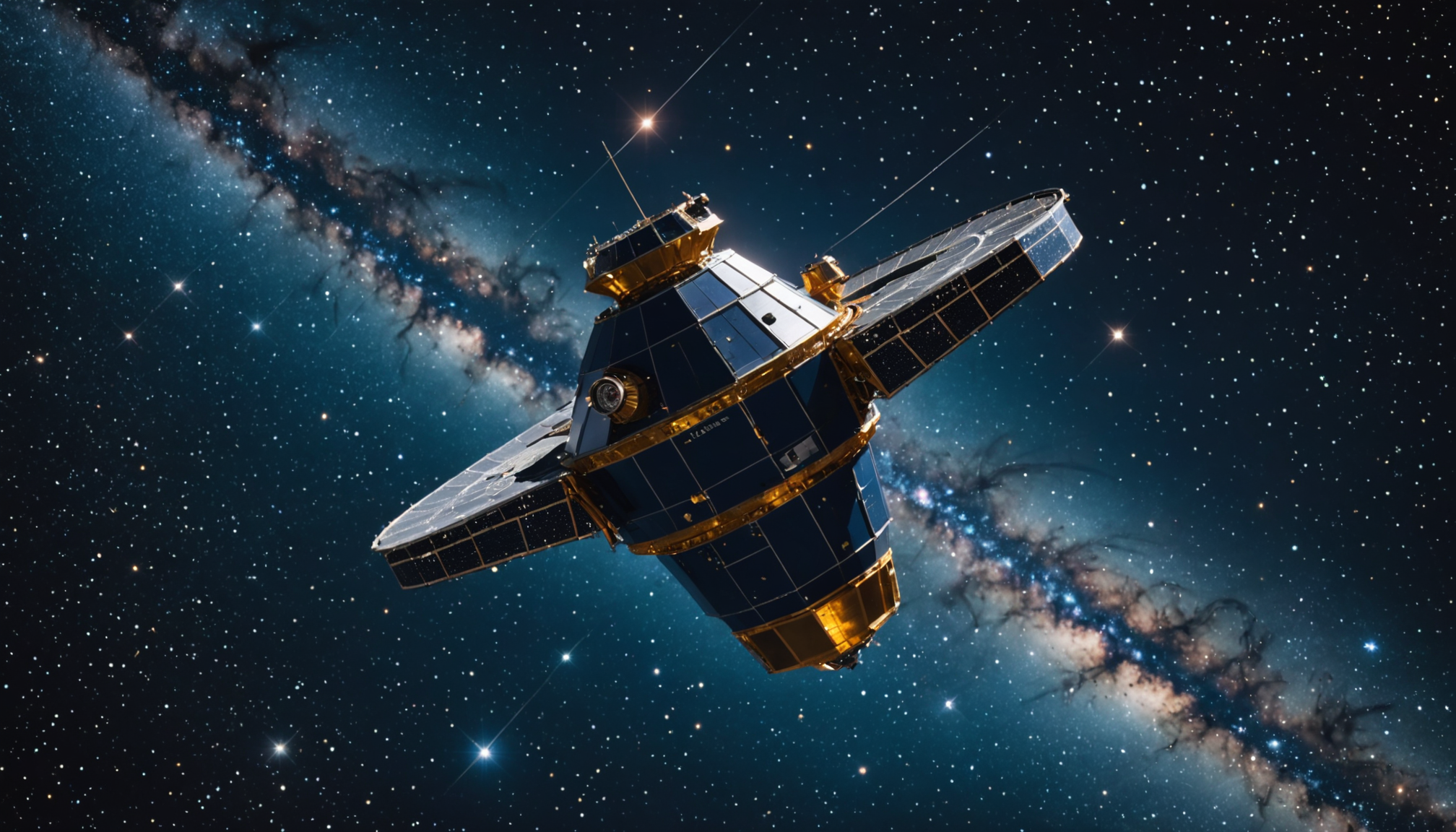

Space exploration has taken monumental strides in recent years, ushering in a new era of discovery and understanding of our universe. Among the most exciting developments are the contemporary missions designed to unearth the secrets held within dark matter and dark energy, the invisible constituents of the cosmos that, while misunderstood, may hold keys to a high number of astrophysical puzzles. Central to this exploration is the Euclid spacecraft, launched by the European Space Agency (ESA), which promises to shed light on the large-scale structure of the universe.
Before we delve deeper into the mission specifics, it’s essential to grasp the significance of dark matter and dark energy. Together, these enigmatic entities make up around 95% of the universe’s total mass-energy content, yet their properties remain elusive to our current understanding. Dark matter, which does not emit, absorb, or reflect light, is detectable only through its gravitational effects on visible matter, radiation, and the large-scale structure of the universe. Conversely, dark energy is thought to drive the accelerated expansion of the universe, a phenomenon discovered in the late 1990s through observations of distant supernovae.
Euclid’s mission, officially established in 2012, was conceived with one aim: to create a comprehensive map of the dark universe. The spacecraft is equipped with cutting-edge technology poised to tackle the complex questions surrounding these mysterious components. With a budget of $1.5 billion, Euclid is much more than just a telescope; it represents a collaborative effort involving over 2,500 scientists and engineers from around the world, all harmonizing their expertise towards a singular pursuit: unlocking the cosmos’ most profound mysteries.
One of Euclid’s key instruments is a visible light camera that captures high-resolution images of galaxies. This camera enables astronomers to analyze the geometrical shapes of galaxies, which can provide crucial information about the influence of dark matter within those structures. By mapping the forms and distributions of millions of galaxies, astronomers can infer where dark matter resides, as visible matter traces the gravitational contours laid down by this unseen force.
Euclid will also tackle baryon acoustic oscillations—ripples in the distribution of galaxies stemming from sound waves that propagated through the early universe, illuminating the interplay between ordinary and dark matter. Understanding these oscillations can significantly inform our knowledge about the universe’s expansion rate and the nature of dark energy.
Another groundbreaking aspect of Euclid’s design is its ability to observe gravitational lensing effects. As light from distant galaxies passes near massive objects like galaxy clusters, it is bent and magnified—a process that reveals insights about both the visible and dark matter that comprises these cosmic structures. By recording this cosmic ballet of light and gravity, Euclid will collect data that will test current theoretical models of dark matter and dark energy, potentially leading to revolutionary discoveries that could reshape our understanding of the universe.
Yet, Euclid is not the only player in the great cosmic game. The ambitious JUICE (Jupiter Icy Moons Explorer) mission launched by ESA is set to explore the largest planet in our solar system and its intriguing moons—Ganymede, Europa, and Callisto. These icy moons harbor subsurface oceans beneath their frozen crusts, raising tantalizing possibilities for extraterrestrial life. JUICE will orbit Ganymede and conduct detailed studies of its surface and potential subsurface ocean. It aims to understand the moon’s geology and the potential for habitability in these frigid environments.
Moreover, the KZM (Kuwait X-ray Observatory) has recently been launched, focusing on soft X-ray emissions from a wide array of astronomical phenomena, including black hole activity, supernovae, and the faint intergalactic medium. KZM’s innovative design includes advanced cooling systems for its X-ray detectors, enabling it to achieve unprecedented sensitivity in its observations while also addressing the challenges faced by its predecessor. Such missions emphasize the collaborative efforts of global space agencies—an essential facet of modern space exploration.
- Euclid: Focuses on mapping the dark universe, investigating the geometrical shapes of galaxies, and measuring gravitational lensing effects to study dark matter and energy.
- JUICE: Set to explore Jupiter and its icy moons, investigating potential habitable environments beneath their surfaces.
- KZM: Aims to study soft X-ray emissions to gain insights into cosmic phenomena, using advanced detection techniques.
In essence, these missions represent a monumental leap towards understanding the universe’s hidden components. By continually crafting and deploying sophisticated observational technologies, scientists aim to bridge the vast gaps in our knowledge—transforming the unseen into the seen. This journey of exploration is not just about uncovering dark matter and energy; it’s about understanding our place within the cosmos and the fundamental forces that shape our reality. As we move forward, the horizon of discovery expands, illuminating the darkness with the light of knowledge and inquiry.
Stay Informed With the Latest & Most Important News
Previous Post
Next Post
-
 01From Polymerization-Enabled Folding and Assembly to Chemical Evolution: Key Processes for Emergence of Functional Polymers in the Origin of Life
01From Polymerization-Enabled Folding and Assembly to Chemical Evolution: Key Processes for Emergence of Functional Polymers in the Origin of Life -
 02Panasonic Leica Summilux DG 15mm f/1.7 ASPH review
02Panasonic Leica Summilux DG 15mm f/1.7 ASPH review -
 03How New NASA, India Earth Satellite NISAR Will See Earth
03How New NASA, India Earth Satellite NISAR Will See Earth -
 04And Thus Begins A New Year For Life On Earth
04And Thus Begins A New Year For Life On Earth -
 05Astronomy Activation Ambassadors: A New Era
05Astronomy Activation Ambassadors: A New Era -
06SpaceX launch surge helps set new global launch record in 2024
-
 07Two Black Holes Observed Circling Each Other for the First Time
07Two Black Holes Observed Circling Each Other for the First Time












